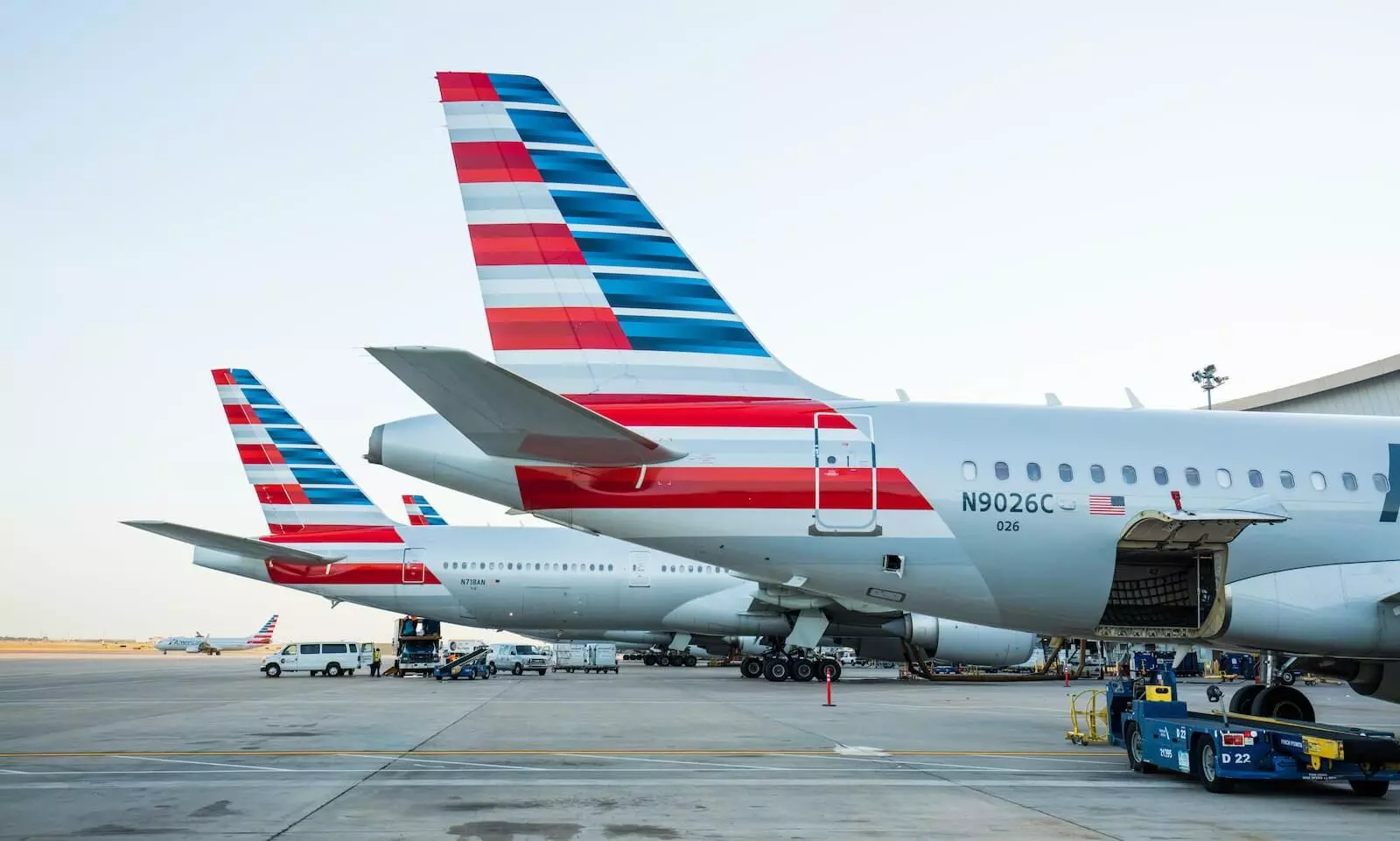
Interline cargo drives 15% of AA Cargo’s 2024 revenue
President Greg Schwendinger highlighted the growing importance of partnerships in optimising the company’s global network and aircraft utilisation.

American Airlines Cargo generated approximately 15% of its total cargo revenue in 2024 from interline transits. In an interview with The STAT Trade Times, recorded on the sidelines of the Air Cargo Europe and transport logistic trade exhibitions in Munich last month, Greg Schwendinger, President of American Airlines Cargo, emphasised the growing importance of strategic partnerships in optimising the company’s global network and enhancing aircraft utilisation.
“We have a number of unique interline partnerships in place,” he said, adding that the carrier is leveraging connections through leisure destinations in Europe where cargo demand may be limited, but partner carriers from regions such as the Middle East and Eastern Europe help create valuable routing opportunities. Honolulu and Tokyo also serve as significant connecting hubs, particularly for cargo flows from Asia into the United States.
Partnerships are among the five key strategic pillars for American Airlines Cargo in 2025, Schwendinger noted. The company is focusing not just on customer and vendor relationships but also on cooperative arrangements with other airlines.
Commenting on the current air cargo market, Schwendinger described the year as unpredictable but positive. He noted that demand is still quite strong. Transatlantic and Latin American trade lanes are showing solid performance, while Asia remains volatile due to shifting e-commerce patterns and adjustments in freighter capacity from China. “Pricing has held up as supply and demand remain well matched,” he added.
The airline is preparing for a significant expansion in its transatlantic network for the summer schedule, with an additional 300 departures per month. “We’re really excited about this upcoming summer season,” Schwendinger said. A notable addition is Edinburgh, which will be served from Philadelphia.
Schwendinger also emphasised the airline’s continued investment in digital technologies, particularly artificial intelligence and robotic process automation. “We’re leveraging AI as a tool to better serve our customers and become more efficient,” he said. AI is being used to optimise capacity utilisation, prevent overbooking, and identify efficient shipment routing.
The rollout of the IBS iCargo system has been completed across the network. “We are fully rolled out and have been for some time now,” he confirmed. The focus is now on enhancing usage and extracting actionable insights through tools such as Power BI. He also mentioned that they do an upgrade about every six weeks and will roll out new features through a new release.
While customer interest in sustainable aviation fuel (SAF) has grown, Schwendinger admitted that few are willing to bear the higher cost. “There are some verticals, fashion for example, that are willing to pay a bit more for SAF, but by and large it really hasn’t caught the level of traction,” he noted.
American Airlines is continuing to invest creatively through a partnership with Breakthrough Energy Catalyst, a search fund focused on identifying and supporting emerging technologies related to SAF production, market access, and distribution. The airline is also working with companies such as ZeroAvia to explore hydrogen-powered aviation solutions.
Looking ahead, Schwendinger expressed cautious optimism for the rest of the year. He noted strong first-half demand, possibly influenced by frontloading activity ahead of potential tariff changes. “We’re optimistic that the demand will continue to stay strong,” he said, pointing to continued consumer spending in the U.S. as a key driver.
Schwendinger also pointed out the value of operational reliability and adaptability in a changing geopolitical and economic environment. “We just have to be very reactive. We want to be able to serve demand wherever it may be,” he said.

